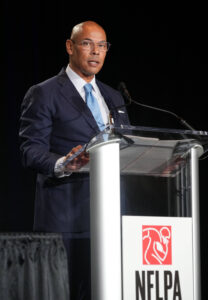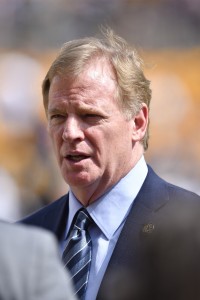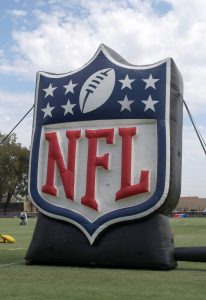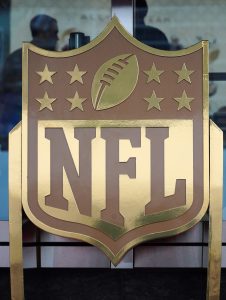The NFLPA’s board of player representatives is meeting tonight after the resignation of executive director Lloyd Howell amid multiple controversies, according to Mark Maske of The Washington Post.
All 32 teams have one player representative and three alternates who are selected by their teammates every other year. They are likely to be joined by the NFLPA’s player-led executive committee as well as other union executives.
 Howell has come under scrutiny in recent weeks due to his handling of the union’s collusion grievance against the NFL, a potential conflict of interest from his consultant gig at a private equity firm, and a revelations about sexual discrimination and retaliation lawsuit during his time at Booz Allen Hamilton.
Howell has come under scrutiny in recent weeks due to his handling of the union’s collusion grievance against the NFL, a potential conflict of interest from his consultant gig at a private equity firm, and a revelations about sexual discrimination and retaliation lawsuit during his time at Booz Allen Hamilton.
Howell’s resignation was also triggered by questions about his use of union funds, according to ESPN’s Don Van Natta Jr. and Kalyn Kahler. An outside investigator reportedly found that Howell submitted expense reports for transportation and cash withdrawals at strip clubs, including $2,426 in charges during this year’s NFLPA summit in Atlanta in February, per ESPN’s Adam Schefter. Howell was accompanied by two union employees and submitted the outing as a “Player Engagement Event to support & grow our Union.”
Howell faced similar accusations of misused company funds while working for Booz Allen in 2015, per Van Natta and Kahler.. A colleague submitted an expense report for a strip club visit – while he was still a defendant in the aforementioned lawsuit, which was later settled.
The FBI has also been investigating the NFLPA (as well as the MLBPA) due to their dealings with OneTeam Partners, a multibillion-dollar group-licensing firm, as originally reported by Van Natta and his ESPN colleague, Jeff Passan. That led to an ongoing internal union investigation into Howell’s leadership, led by attorney Ronald C. Machen of Wilmer Hale, according to Van Natta and Kahler.



